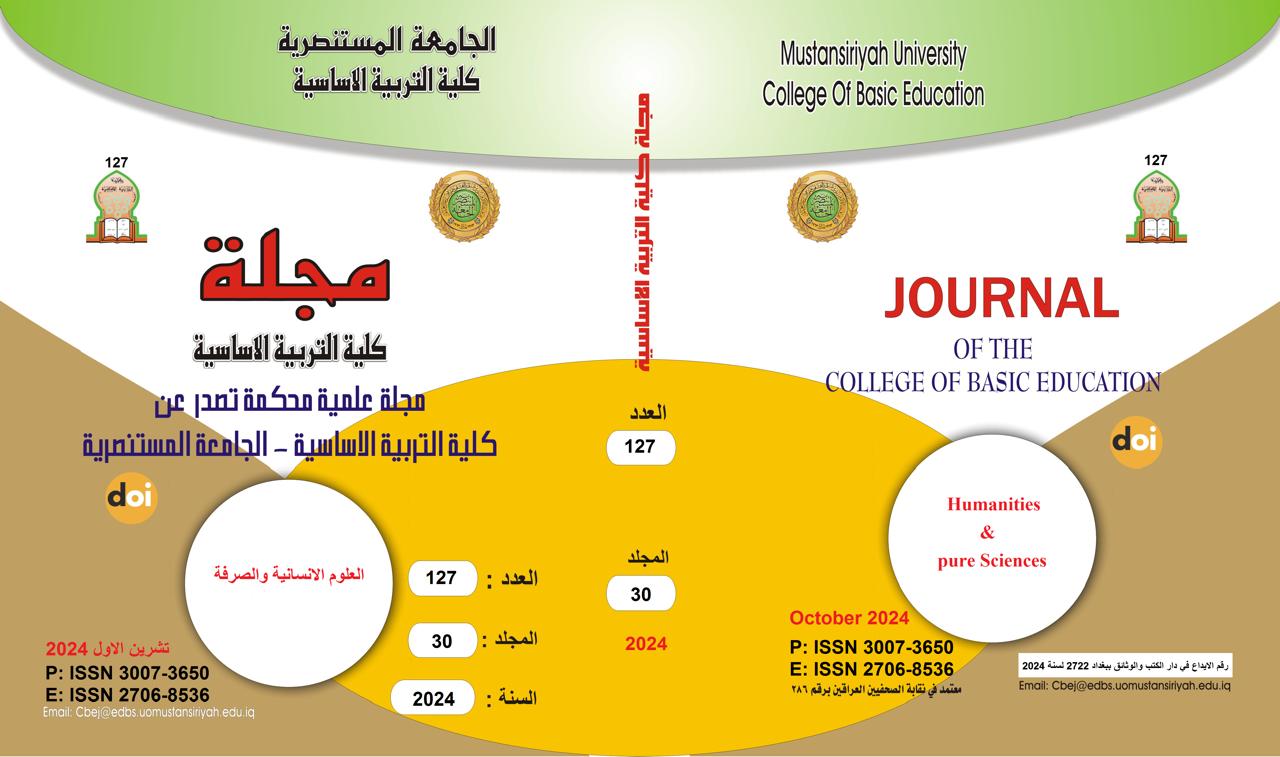The mythological impact on ancient Iraqi sculpture
Main Article Content
Abstract
Our research entitled ((The Mythological Impact on Ancient Iraqi Sculpture)) sought to intensify the extent to which ancient Iraqi sculpture was influenced by the mythology of ancient Iraqi myths, through its embodiment in the art of ancient Iraqi sculpture and its various forms and variations, with all its types and styles, and with several types of materials available to the ancient Iraqi sculptor at that time.
The research consisted of four chapters. The first chapter included the problem of the research, its importance, its limits, and the definition of terms, while the second chapter included the theoretical framework through two main titles: First: The role of ancient Iraqi civilization in crystallizing the adoption of its own mythology, and Second:: Mythology, while the third chapter included a process of analysis. The research sample, which included (26 models),
According to the inductive approach, in order to reveal the influence of ancient Iraqi sculpture on the mythology of ancient Iraqi myths, and how this influence is reflected in the depiction and embodiment of the characters of those myths and the reading of doctrinal semiology in the intellectual and conceptual orientations of ancient Iraqi society, including the sculptor who documented for us the course of this influence and its embodiment in The ancient Iraqi sculptural achievements were selected as models in the context of this research. Chapter Four presented the results, and the following are some of them:
1- The ancient Iraqi sculptor was influenced by the mythology of ancient Iraqi legends in his sculptural achievements, as stated in most of the sample’s models.
2- The ability of the ancient Iraqi sculptor to embody the themes of his sculptures that were influenced by the mythology of ancient Iraq, using different materials and multiple sculptural styles, as stated in most of the sample models.
3- The ancient Iraqi sculptor demonstrated his uniqueness, with the uniqueness of his sculptural work with formations that represent mythological and mythological similes in most of the sample’s models.
4- The ancient Iraqi sculptor preserved the inherited methods of sculpture, as a kind of proof of the ancient Iraqi mythological mythological identity, as stated in all the sample models.
5- The ancient Iraqi sculptor was able to combine and hybridize shapes, to produce mythical creatures consistent with the requirements of his mythological orientations, as stated in several examples of the sample
Article Details

This work is licensed under a Creative Commons Attribution-ShareAlike 4.0 International License.
